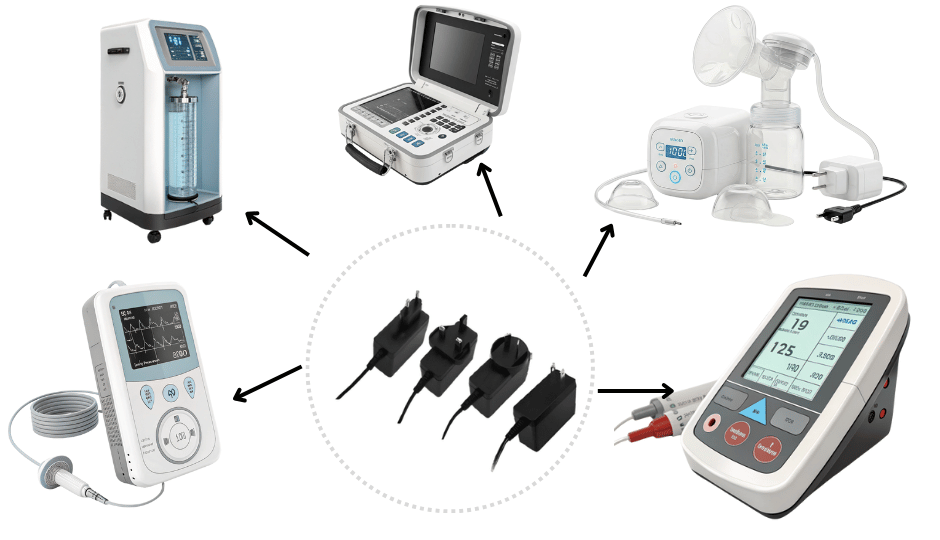Blogs
- Home
- Blogs
Key Factors in Selecting Medical Device Power Supplies
In the medical field, the reliability of power supplies directly impacts the performance of medical devices and patient safety. Guangzhou Quankang Technology Co., Ltd., with
How to choose professional medical power supply equipment ?
Whether a medical equipment in the hospital to play its maximum performance, in addition to the technical performance of the machine itself has a direct
Innovative Medical Power Adapters to Help Medical Technology Development
In the field of medical equipment, the role of power supply is crucial. It not only provides power for the equipment, but is also a
What Hidden Rules Control the Switching Power Supplies We Use Every Day?
Switching power supplies are everywhere—but the strict rules behind them stay out of sight until they stop your shipment cold. Yes, switching power supplies are
Why Switching Power Supplies Are Better for Modern Electronics?
The first thing I learned as a product designer was this: performance means nothing if the power supply can’t keep up. Switching power supplies are
The Innovative Use of PoE Adapters in the Medical Industry
As technology continues to evolve, the medical industry is increasingly reliant on advanced devices to provide better patient care. One of the critical components ensuring








